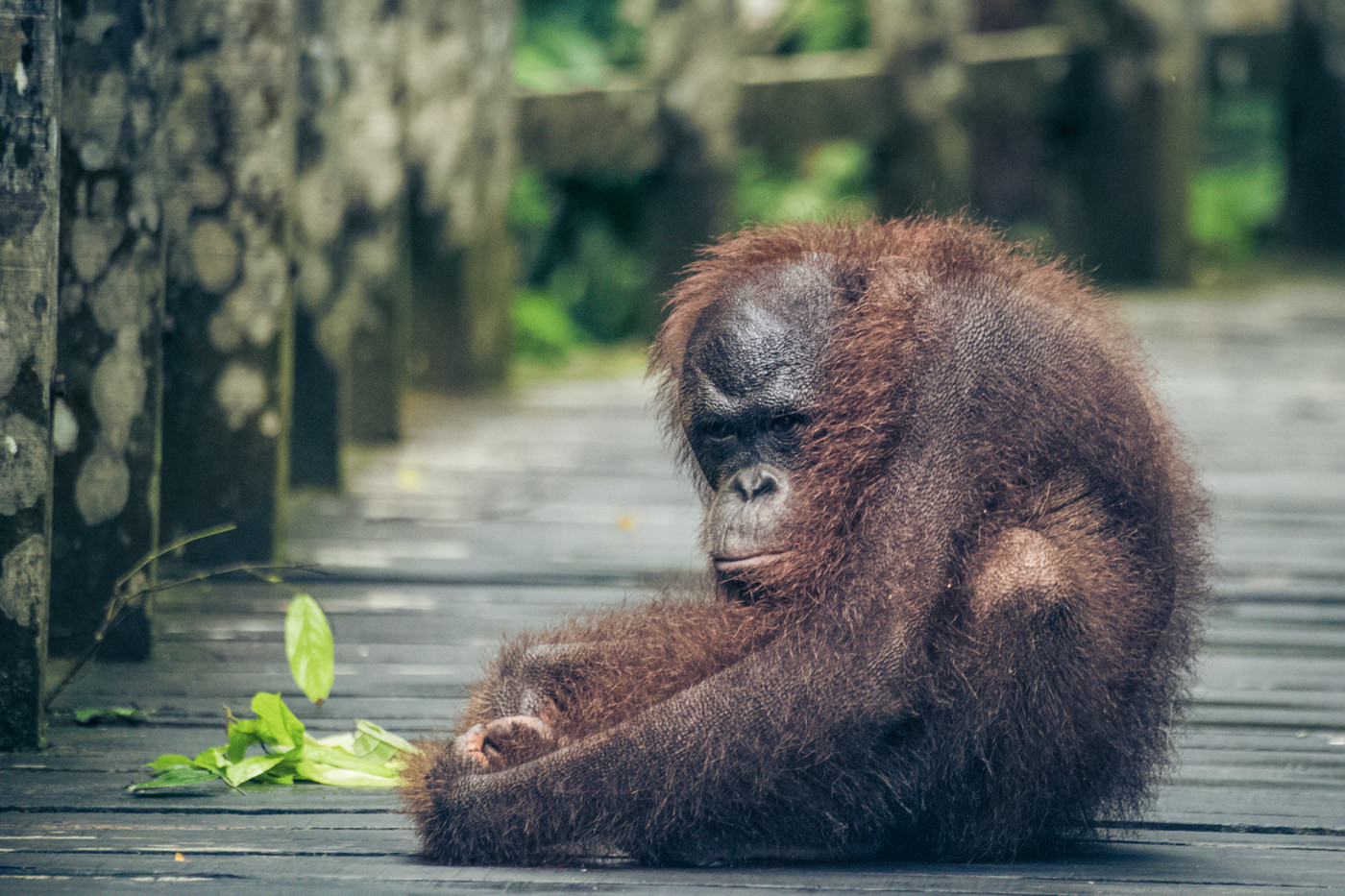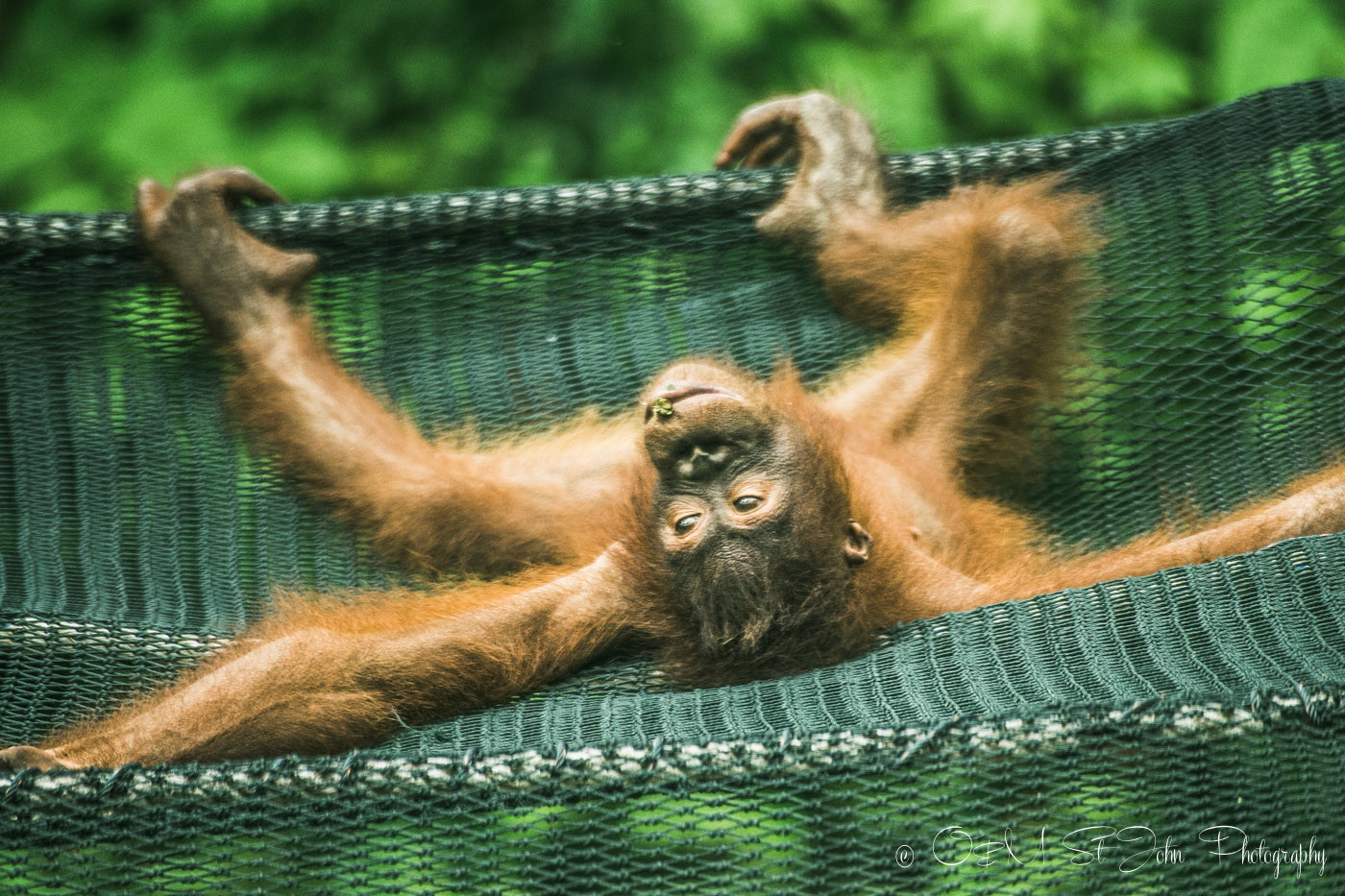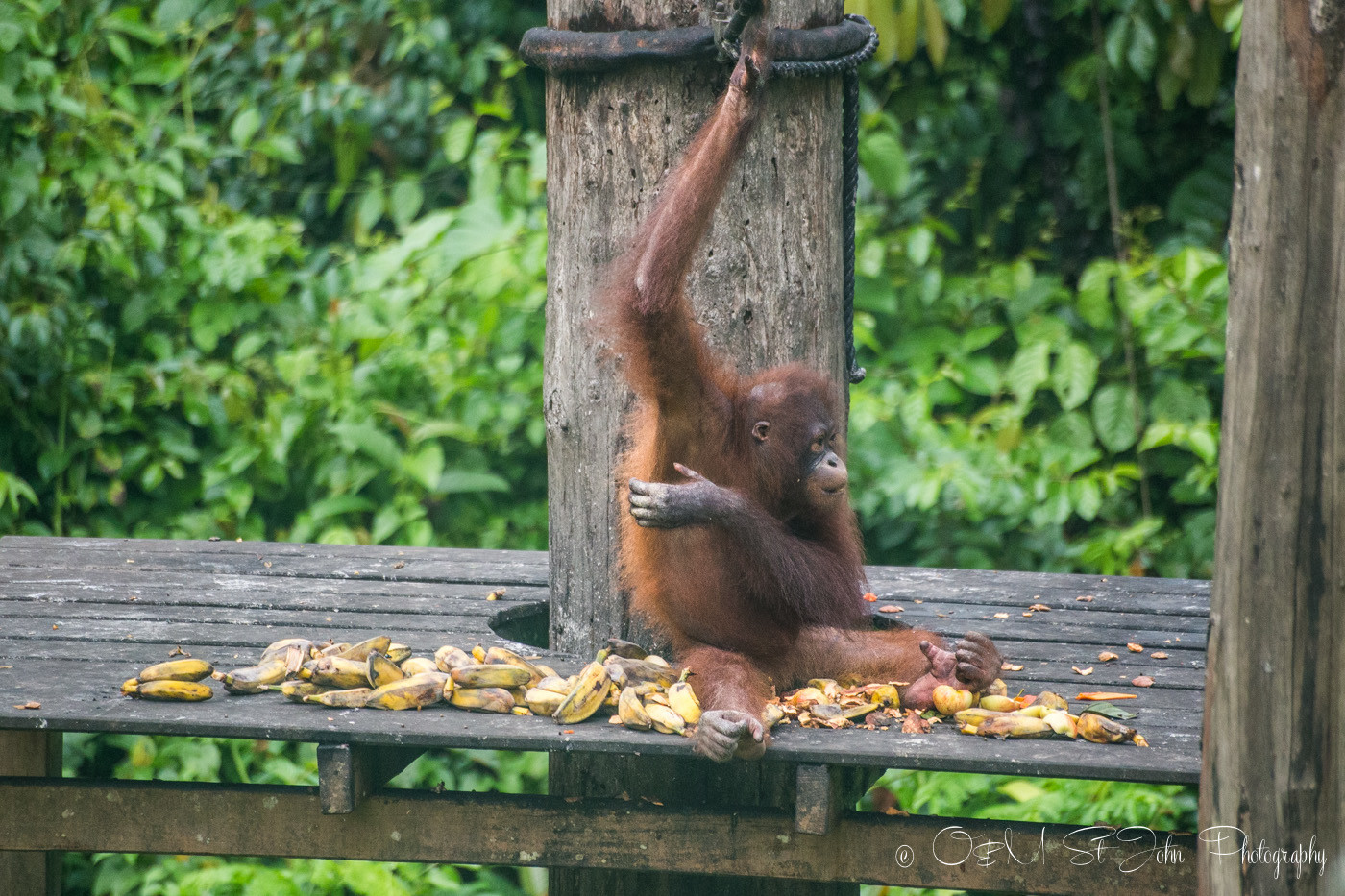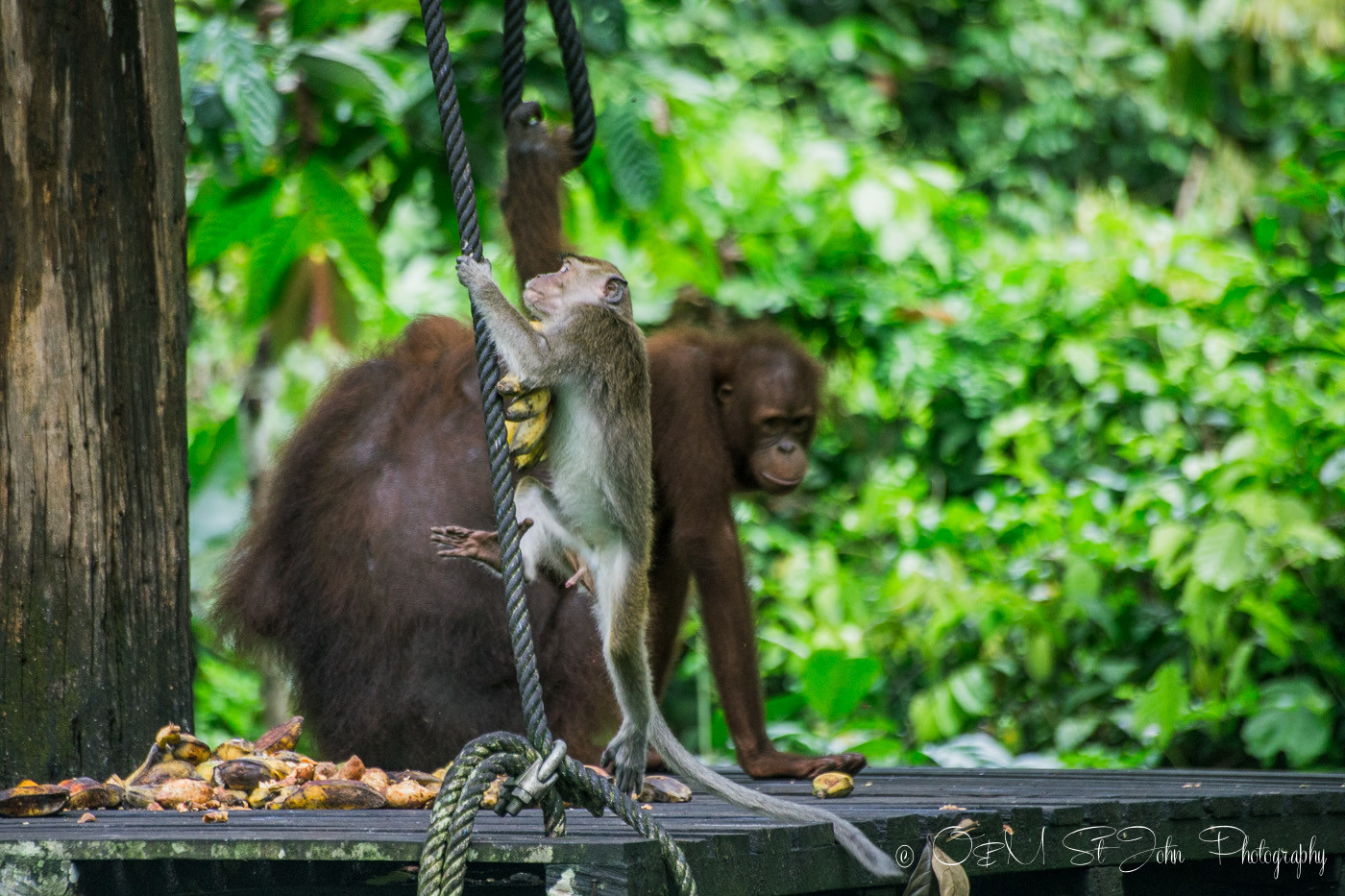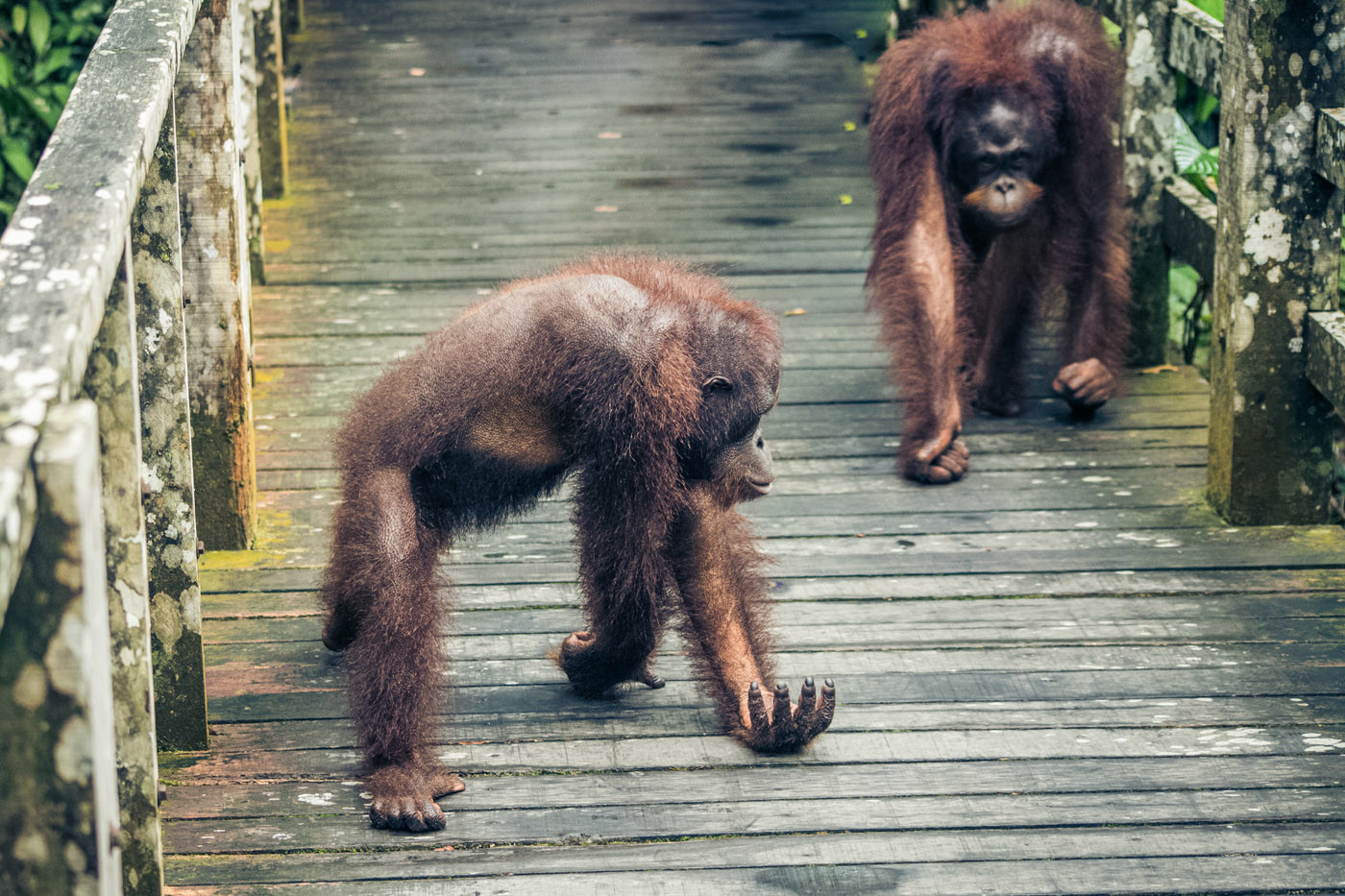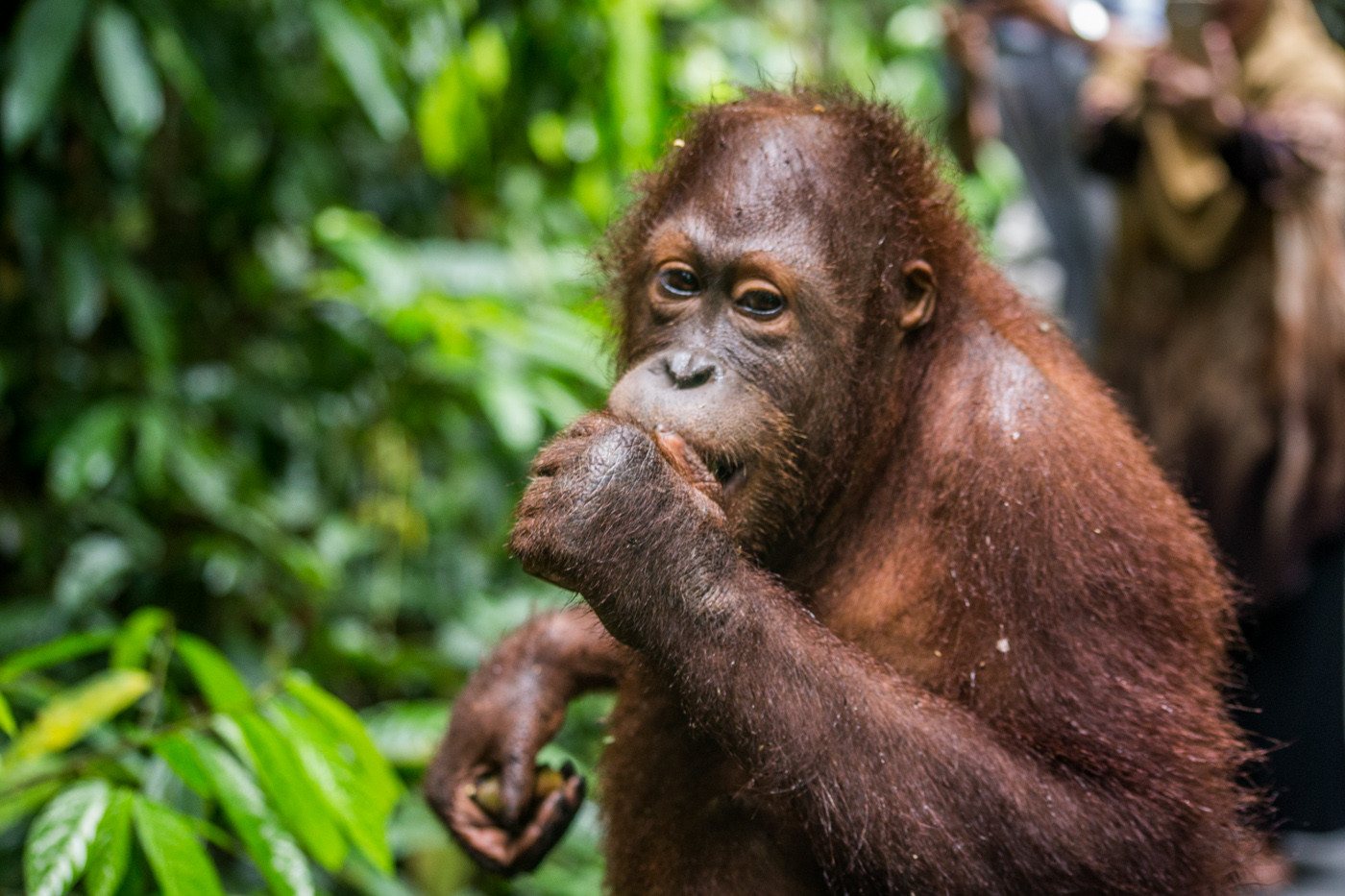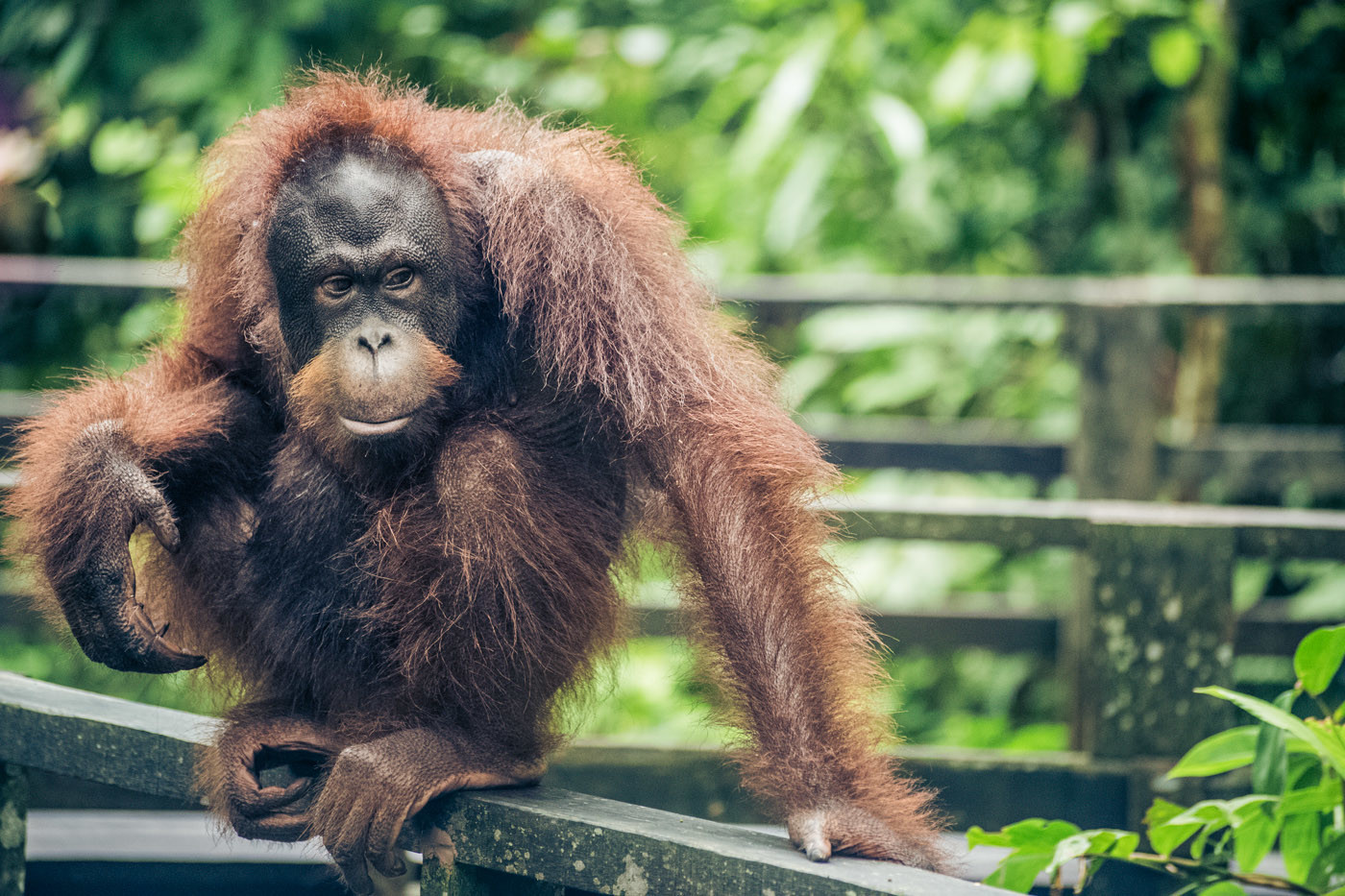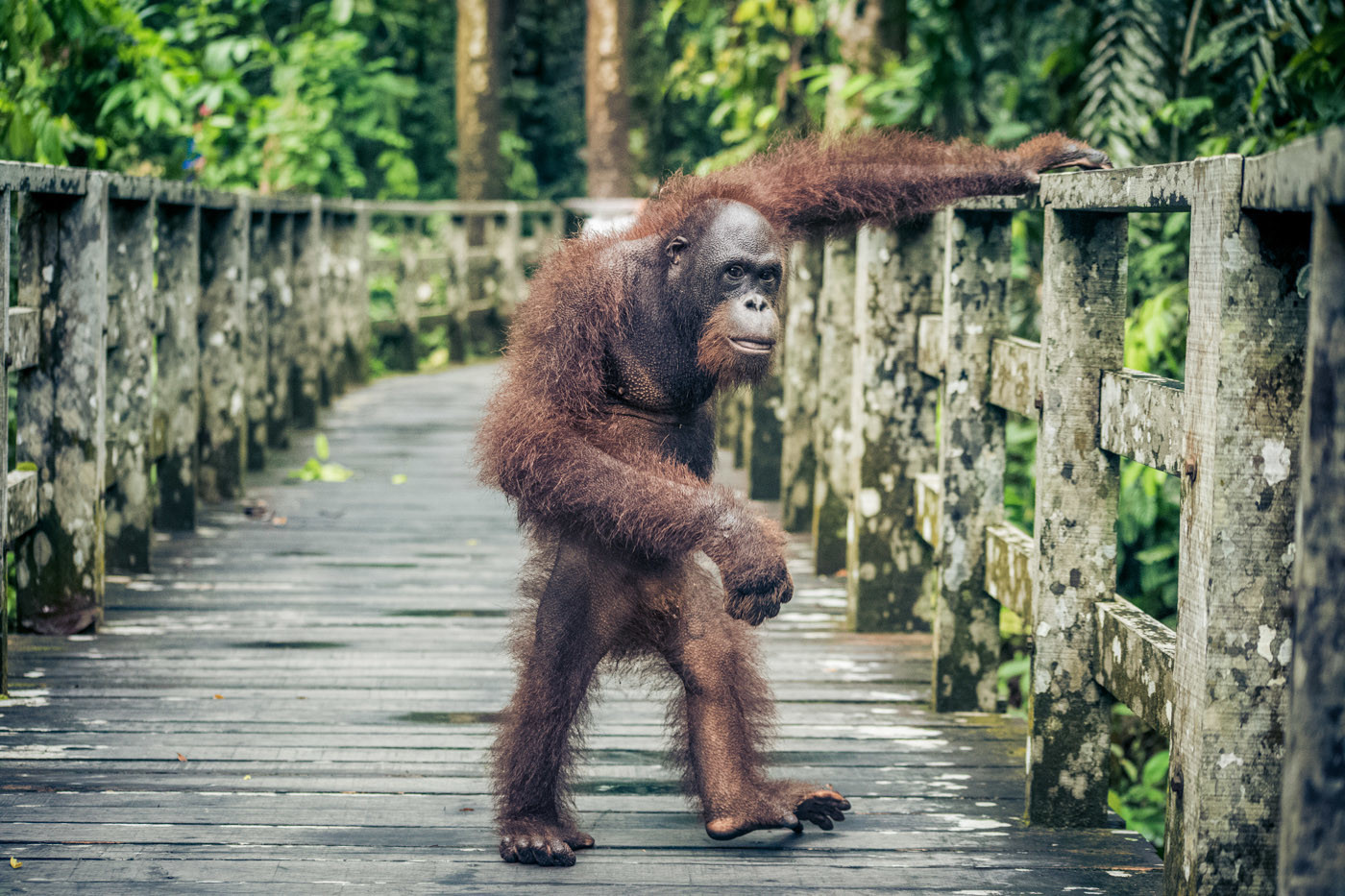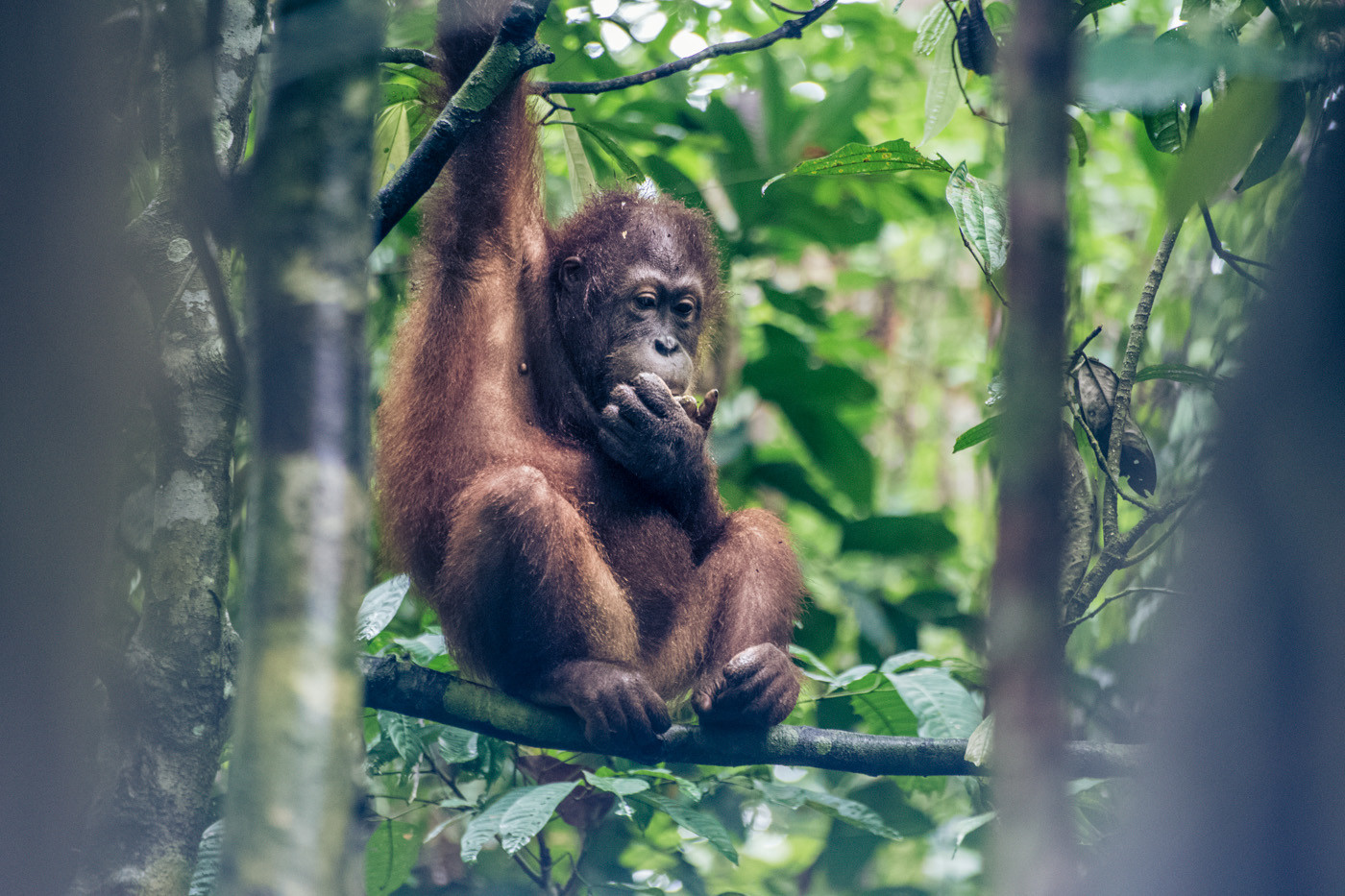*This post may contain affiliate links, as a result, we may receive a small commission (at no extra cost to you) on any bookings/purchases you make through the links in this post. As an Amazon Associate, we earn from qualifying purchases. Read our full disclosure
When you think of Borneo, what comes to mind? Many people think of deep jungles, hidden beaches, and primates of all kinds. Monkeys are one of Borneo’s biggest draws and none is more famous than the elusive Borneo orangutan.
Traveling Soon? Here is a list of our favourite travel providers and accessories to help get you ready for your upcoming trip!
As a critically endangered species, orangutans are at a difficult time in their history. There are currently only 100,000 left in the wild and while that might sound like a big number, it’s actually a 50% decline in the last 60 years.
As a tourist in Borneo, your visit has the chance to be both an incredible wildlife encounter and a positive impact on the environment. For such a trip, sustainable travel is more important than ever.

Although the Borneo orangutan is elusive, he’s not impossible to track down. We had the privilege of seeing orangutans in the Sepilok Orangutan Sanctuary and found it to be one of the top wildlife experiences we’ve had on our travels!
Orangutan Facts
Orangutans are striking creatures with dark orange coats and impressive facial plates on males. They can weigh up to 100kg (220 pounds) and grow as tall as 1.5 meters (5 feet). They are one of the most similar animal species to humans, sharing around 95% of the same DNA.
One of the most interesting orangutan facts is that they love to make noise. Their calls are very loud and distinct and can be herd for kilometres in the forest.
In contrast to their boisterous nature, orangutans prefer solitude over groups. Males spend much of their lives alone while females care dutifully for their babies.
Orangutans are most often found in tropical rainforests, but also live in swamps and mountains of Indonesia and Malaysia, particularly on the islands of Sumatra and Borneo. The Borneo orangutan tends to be a bit shorter and darker than the Sumatran orangutan.
Where to See Borneo Orangutan
Although elusive in nature, the Borneo orangutan can be found on multiple nature reserves across the island if you know where to go. For the best chance of spotting them, make sure to go with a local and ethical guide.
Sabah, Malaysia
Sepilok Orangutan Rehabilitation Center
In the Malaysian state of Sabah in northeastern Borneo, you’ll find the Sepilok Orangutan Rehabilitation Center. They are particularly well known for providing veterinary care for injured and orphaned Borneo orangutans. Once the animals are physically strong, they are trained to survive in the wild and then released. Visitors have the chance to visit the care centers and trek through the surrounding rainforests.
Sarawak, Malaysia
Batang Ai National Park
About 250km (155 miles) to the east of Kuching, Sarawak, you’ll find Batang Ai National Park. The park centers around a man-made reservoir that tourists can traverse by boat.
In addition to orangutans, you’ll find hornbills, gibbons, and a kaleidoscope of rainforest plants. There are a variety of hiking trails throughout the park that is suitable for all levels. Batang Ai also has a strong commitment to conservation and sustainability.
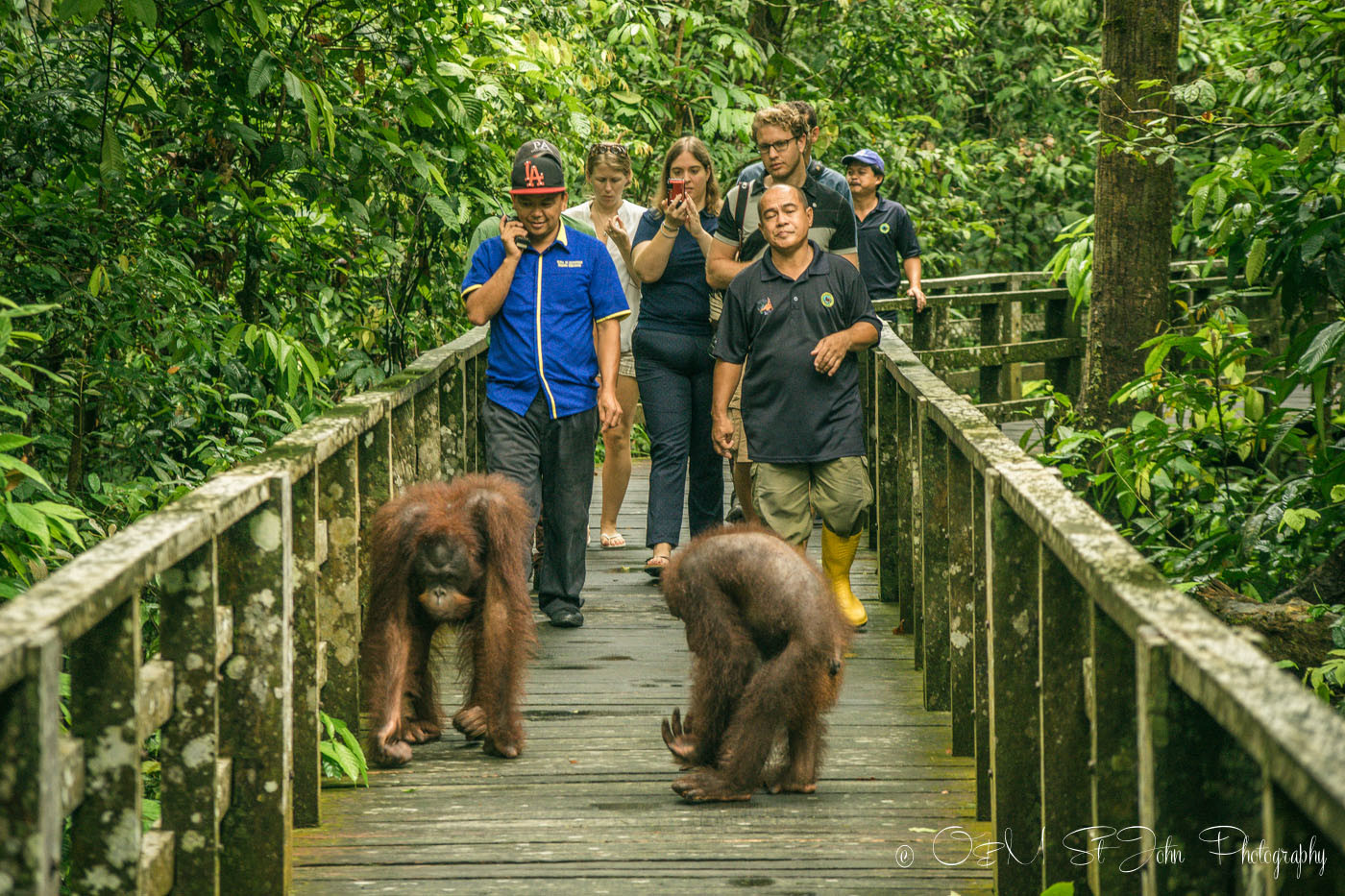
Semenggoh Nature Reserve
The animals on the Semenggoh Nature Reserve are considered semi-wild, meaning they are cared for and fed by the organization but spend most of their time in the forests. In addition to taking care of orangutans in need, there are a number of conservation, education, and research efforts that take place on the reserve. Semenggoh is an easy half hour drive south of Kuching and is the largest orangutan sanctuary in Sarawak, Malaysia.
Kalimantan, Indonesia
Tanjung Puting National Park
In this national park in the southwest corner of Borneo, you’ll find impressive orangutan conservations efforts in light of the circumstances. Despite being a protected UNESCO biosphere, more than half of the original park has been deforested.
Environmentalists are fighting hard for the protection of the Borneo orangutan’s habitat. As a tourist in Tanjung Puting National Park, make sure you’re operating with an ethical tour group such as Orangutan Trekking Tours.
Why Are Orangutans Endangered?
In just 20 years, the orangutan’s’ habitat has been more than cut in half. If things continue unchanged, they will be gone in less than 25 years. At that point, the entire jungle ecosystem would be completely disrupted. Different species depend on each other to survive and since the orangutang is a cornerstone species in Borneo, their extinction will ultimately mean the extinction of multiple other species, too.
So why are orangutans endangered? In short, people are destroying their habitats for palm oil.
The Problem
While orangutans face a number of problems such as poaching, illegal pet trade, and hunting, their biggest worry is the palm oil industry. Palm fruits are easy to harvest and turn into oil. Since the oil is so versatile, the industry has seen rapid growth in recent years.
In order to create palm plantations, trees are cut down and fires are set in the natural rainforests that the orangutans call home. Each year, millions of acres of these habitats are destroyed, sending billions of tons of greenhouse gases into the atmosphere.
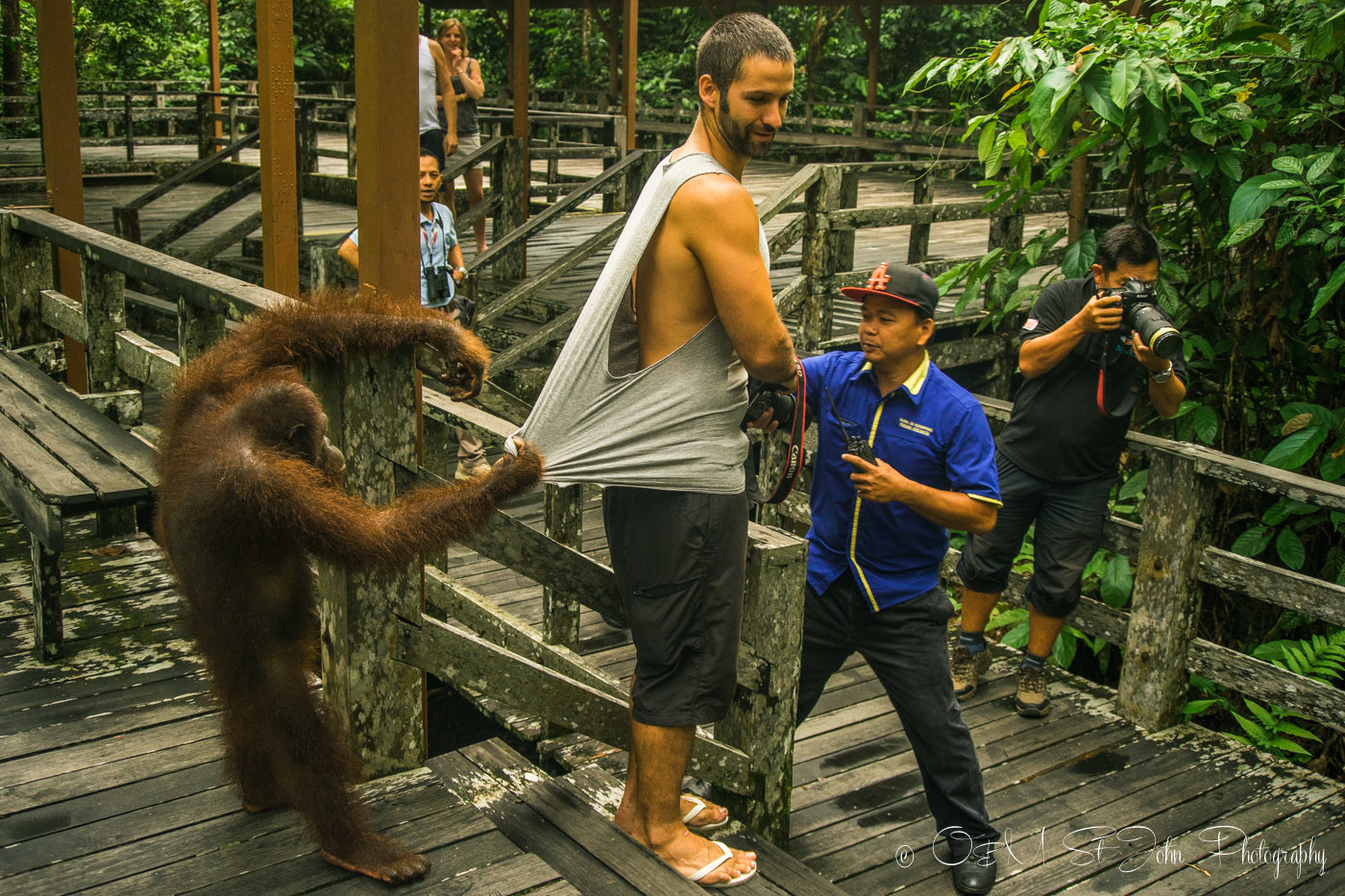
With their habitats gone, orangutans have nothing to eat and nowhere to live. Oftentimes, they’ll move locations, searching villages for food and being shot at by people who treat them as pests. Orangutan populations are decreasing at a startling rate.
For all of these reasons, palm oil is indisputably one of the biggest environmental crises of our time. As a result, orangutans are on the brink of extinction.
How Can We Help?
Travel Sustainably
As vulnerable creatures in Borneo, orangutans are depending on you to respect their habitats. In Borneo (and everywhere else for that matter,) try to reduce your carbon footprint by using public transport, staying in eco-hotels, eating less meat, and following the principles of Leave No Trace. Try to support the local economy with your tourist dollars as much as you can to keep people in other industries rather than palm oil harvesting.
READ NEXT: HOW TO CARBON OFFSET FLIGHTS & REDUCE CARBON FOOTPRINT FROM TRAVEL

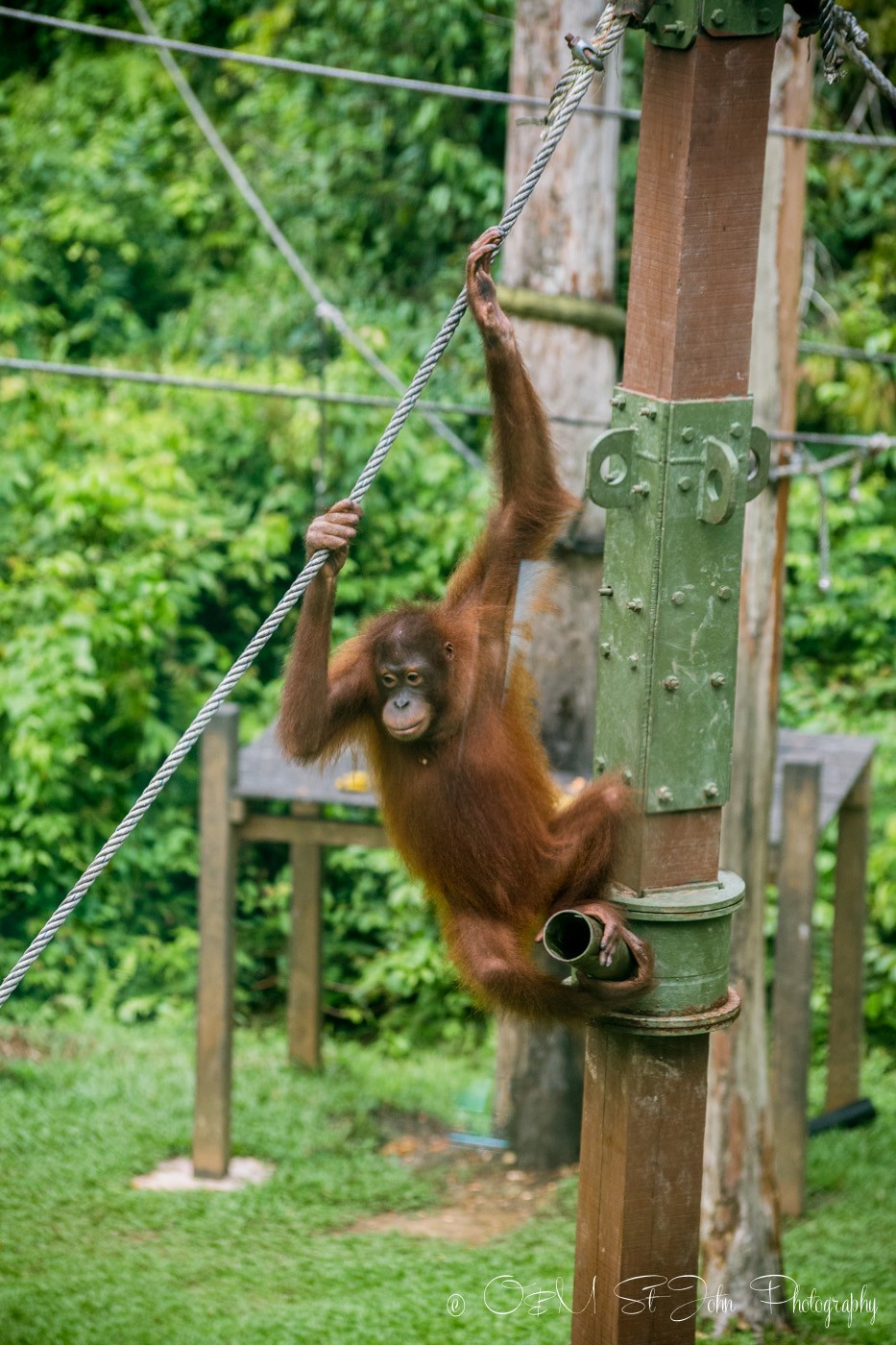
In addition, make sure that the tours and trips you book are sustainable. Any tours that involve visitors feeding or petting animals, leashes and chains or rough treatment should be avoided. When booking tours in Borneo, make sure your provider has some sort of commitment to sustainability detailed on their website. Chances are if they’re not doing something to help the environment, they’re probably hurting it.
Shop Smarter
You’d be shocked and horrified to find out how many different places you can find palm oil. From toothpaste to soap to chocolate to shampoo to tortilla chips, it seems to be everywhere. Most of us use palm oil every day without even knowing. Experts estimate it can be found in 50% of the products we use daily.
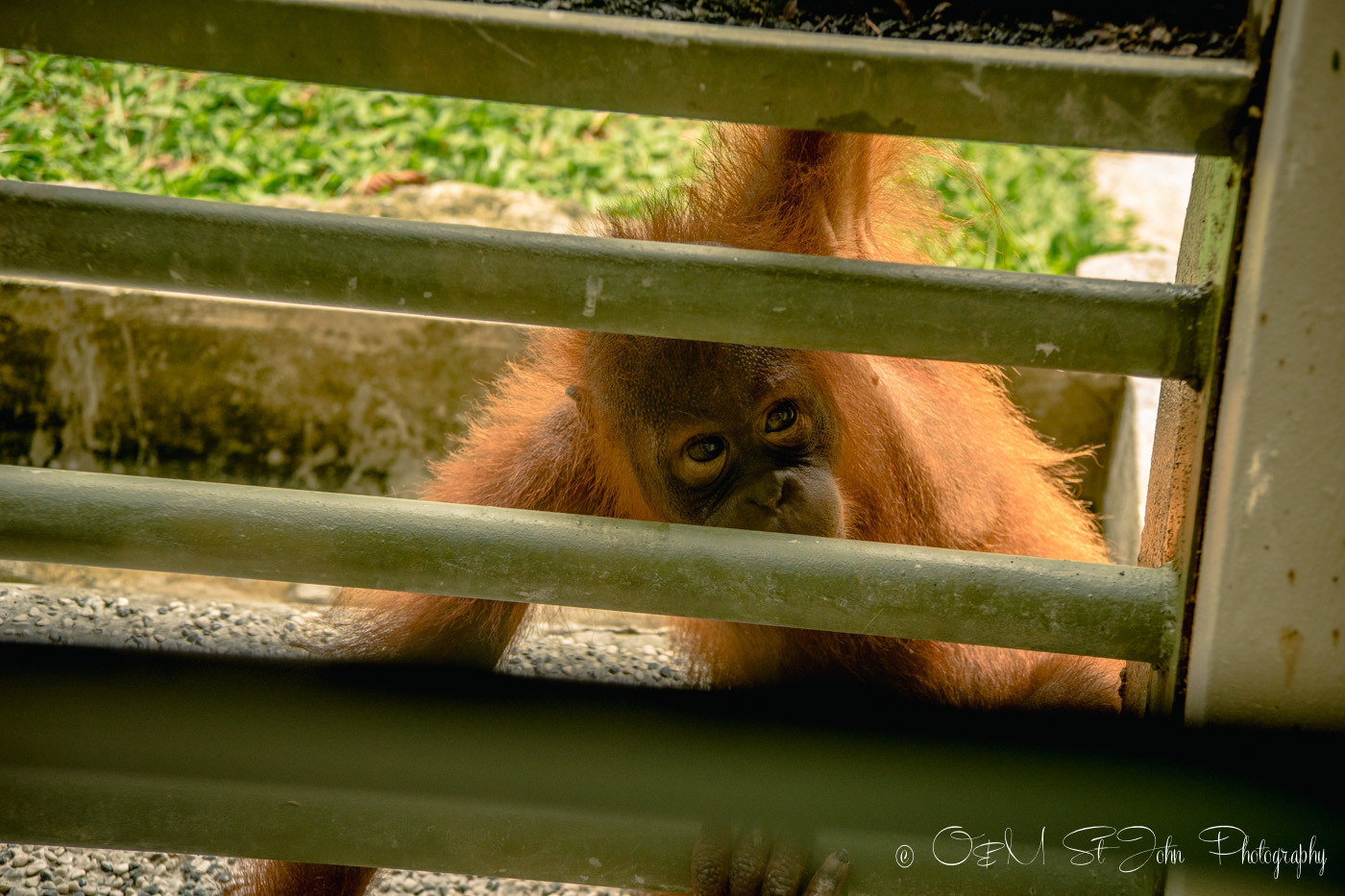
In addition to being very harmful to the environment, palm oil is notoriously sneaky. It goes by literally hundreds of different names and finding it on an ingredients list can be impossible if you don’t know what you’re looking for. Still more disheartening, some countries allow palm oil to be listed on food labels simply as “vegetable oil,” making it impossible for consumers to know the true nature of the ingredient. On the labels of non-food items, it can take many confusing chemical names. See a complete list of alternative names for palm oil here.
There are a number of new apps that allow you to scan barcodes and see if palm oil is an ingredient. Although great in theory, they are only available in certain countries and still have a ways to go in building their databases. Check out Palm Oil Scanner and Sustainable Palm Oil Shopping to learn more.
While there are some companies that use sustainably sourced palm oil, if it isn’t explicitly stated on the package, it probably isn’t. While shopping, start getting into the practice of reading all your labels and stay on the lookout for palm oil in disguise. If you do find it, cross that item off your shopping list and either look for an alternative or learn how to make it on your own.
In addition, follow and keep up with organizations dedicated to eradicating palm oil. A great one is called Palm Oil Investigations. Their Facebook page is constantly updated, highlighting different products you might not know have palm oil in them. I
f you have general questions about whether or not something has palm oil in it, simply try Googling “Does X have palm oil in it?” Nine times out of ten, you’ll find your answer this way.
This all might sound like a hassle but in reality, it will only take you a few extra minutes at the store to help an entire ecosystem survive into the future. It really is a small price to pay to save one of the world’s most vulnerable and majestic species.
Speak Up
Shopping and traveling sustainably is excellent, but each of us is still only one person. The only way to make a bigger impact is to get more people involved. Use your voice to speak up on the issue, spread awareness, and encourage others to be eco-friendly travelers and boycott products with palm oil in them. The orangutans will thank you!
As tourists in Borneo, we have a huge responsibility to protect and preserve the wildlife that we came to see. Tourism can have potentially devastating effects on natural environments. Luckily, it also has the potential to drive tremendous positive change in the communities we visit. Especially in consideration of the critically endangered Borneo orangutan, let’s all be sure to choose the later.
If you venture into the jungles of Borneo in hopes of finding the elusive orangutan, you may have your work cut out for you. They like to hide and keep their mysterious nature about them, but that doesn’t make finding them impossible. By visiting a nature reserve, taking an ethical tour, or hiring a local guide, you’ll raise your chances of spotting these great apes in their natural habitat.
Seeing the Borneo orangutan in the jungle was a huge highlight and one of our favourite wildlife experiences thus far. We would 100% recommend the experience so long as you take care to make your trip as sustainable and ethical as possible.


